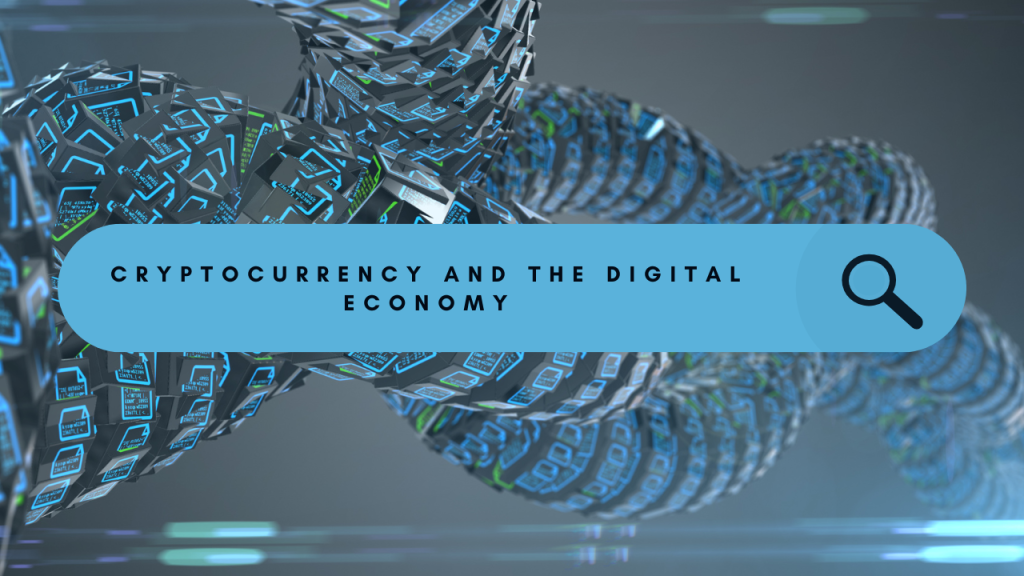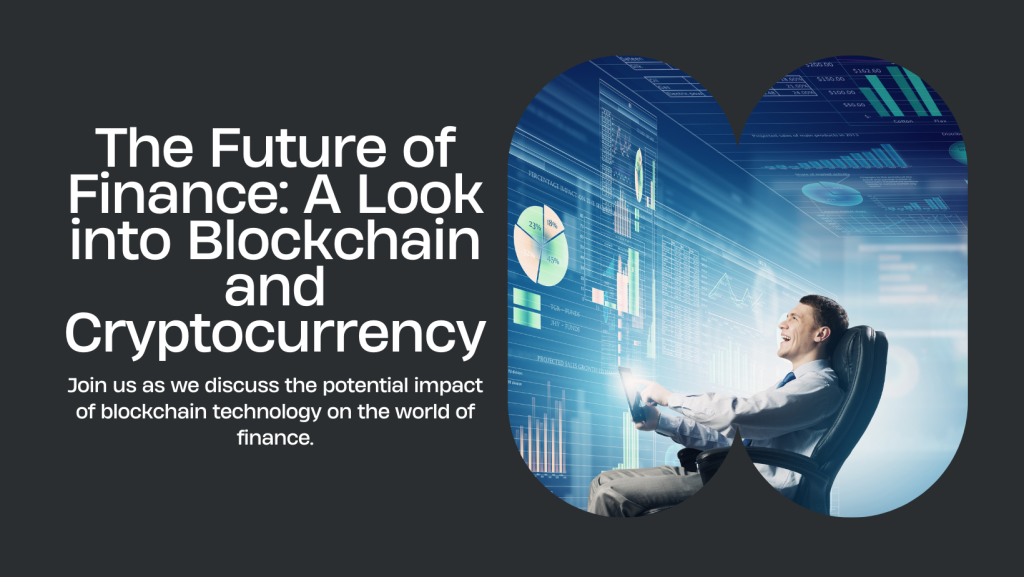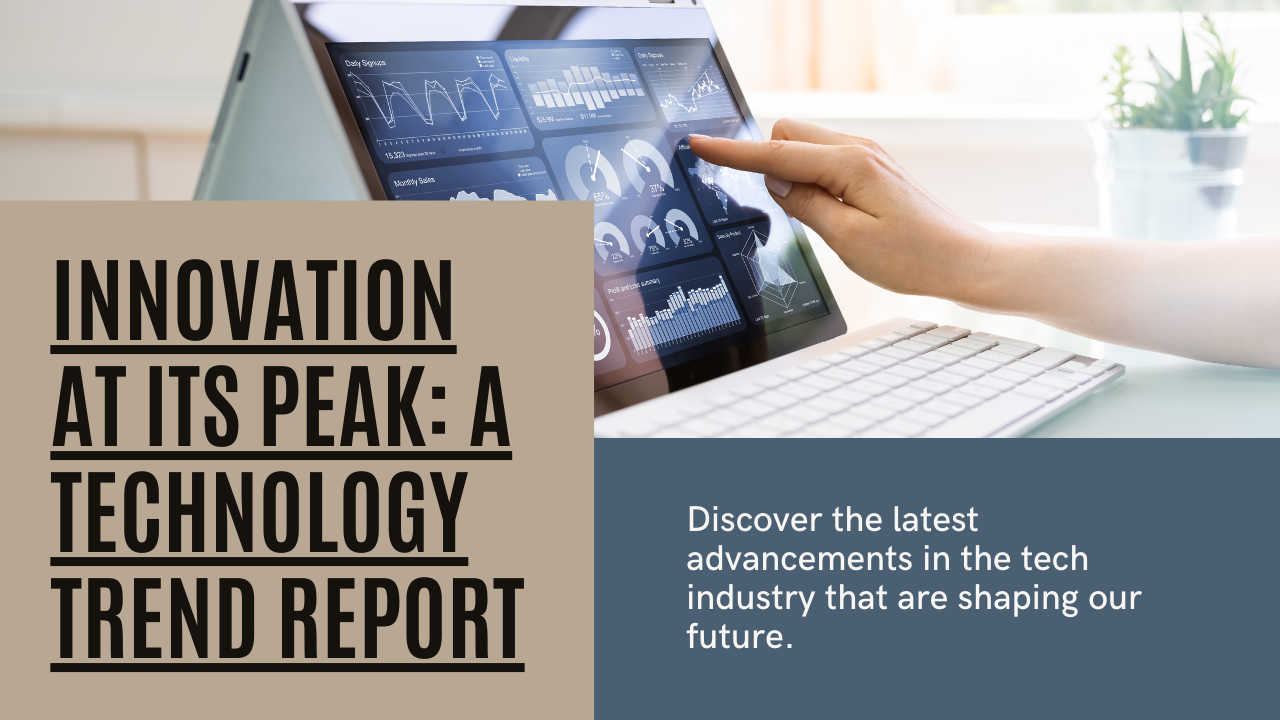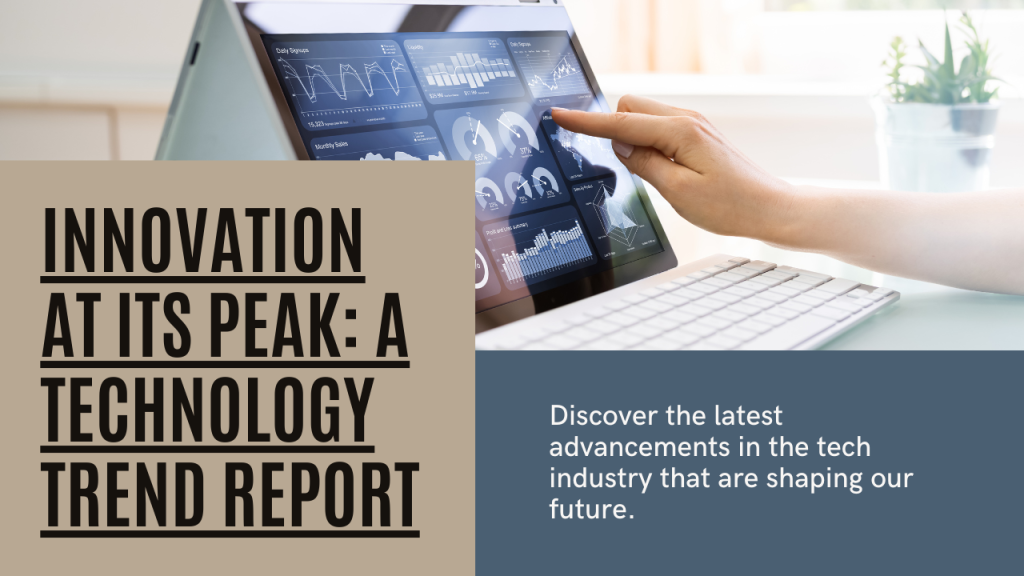In the financial sector, cryptocurrency has become a disruptive force that is upending established banking systems and changing how people view and use money. Digital assets offer potential and problems for the future of finance and the global economy as they become more widely accepted and adopted.
The Growing Acceptance of bitcoin: Growing institutional interest, technological developments, and changing consumer preferences have all contributed to the recent surge in bitcoin popularity. A dramatic change in the financial landscape has been signalled by the acceptance of cryptocurrencies as valid assets and payment methods by large financial institutions, businesses, and payment processors. Furthermore, the acceptance and usefulness of cryptocurrencies have increased as a result of their incorporation into payment networks and conventional financial portfolios.
Reimagining Payment Systems: Using cryptocurrencies as a decentralised digital money for peer-to-peer transactions is one of their most well-known uses. Compared to conventional payment methods, cryptocurrencies provide a number of benefits, such as reduced transaction costs, quicker settlement times, and improved security. With the increasing demand from consumers for digital payments and advancements in technological infrastructure, cryptocurrencies are expected to become increasingly important in promoting international trade and financial inclusion.
Opportunities and obstacles: Cryptocurrencies have a number of opportunities as well as obstacles, such as scalability issues, price volatility, and regulatory ambiguity, despite their potential benefits. Different jurisdictions have very different regulatory frameworks, which makes it difficult for investors and companies in the bitcoin field to comply with the law. Furthermore, price volatility puts merchants and investors at risk, which prevents it from being widely used as a means of exchange.
Accepting Innovation: As the bitcoin sector develops, so do the prospects for disruption and innovation. A new era of financial innovation and experimentation is marked by the rise of decentralised finance (DeFi) platforms, non-fungible tokens (NFTs), and blockchain-based apps. These developments could tokenize physical assets, democratise access to financial services, and completely transform conventional business structures in a number of different sectors.
In order to effectively manage the rapidly changing world of cryptocurrencies and blockchain technology, we must welcome innovation while resolving legal issues and minimising dangers. Through promoting cooperation among industry participants, politicians, and regulators, we can leverage the revolutionary potential of cryptocurrencies to construct a financial ecosystem that is more robust, efficient, and inclusive for upcoming generations.


















